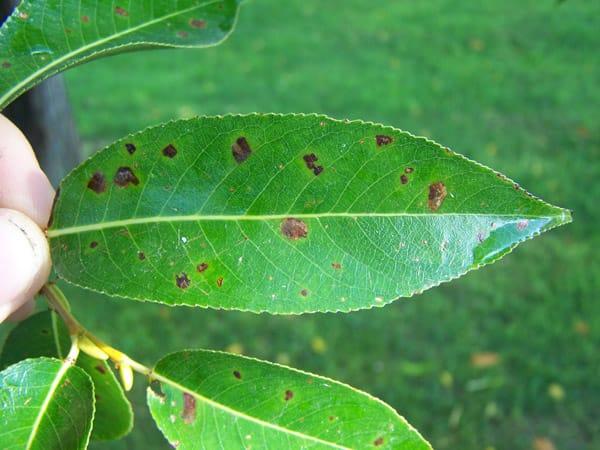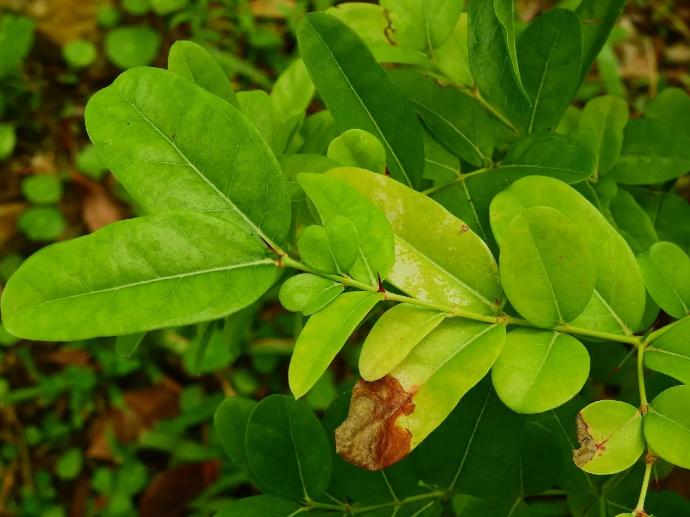Vakkaya Plant
VAKKAYA, possibly referring to a specific plant variety, may have varying care requirements. Generally, provide well-draining soil, appropriate sunlight, and regular watering. Pruning and fertilizing practices may vary based on the specific characteristics of this plant.
Habit
Perennial
Height
2 to 5 m
Growth
Fast
Soil
Well-drained loamy
Shade
Partial to bright light
Moisture
Moist
Edible
Yes
Medicinal
Yes
Origin
India, SE Asia
Climatic Condition
Tropical, subtropical
Temperature (°)
20 to 35 °C
Humidity (%)
50 to 80 %
Potting media
Organic-rich loam
Fertilizers
4:2:2 (NPK)
Watering
Regular
Plant Weight
2 to 5 kg
Flowering Time
Spring to summer
Soil Ph level
5.5 to 7.5
Water Ph level
6.0 to 7.5
Soil EC
1.0 to 2.0
Yield Per Plant
3 to 5 kg per plant
NPK ratio
10:10:10
life Span
10 to 20 years
Health Benefits
High in vitamin C, antioxidants, good for digestion.
Suggested Grow Media or Potting Mix ?
40% compost, 30% peat moss, 30% perlite
Suggested Fertigation/Fertilizers
Fertilize every 4 weeks with a balanced, water-soluble fertilizer.
Common Diseases and Remedies
Brown leaf spot, Black leaf spot.
Necrotic spots appear on the leaf.
Remove the effected part and destroy and avoid watering.
HEALTH BENEFITS
1. Rich in vitamins and minerals: Vakkaya/karonda is rich in vitamins A and C, as well as minerals like potassium and magnesium.
2. May help support immune function: Vakkaya/karonda's vitamin C content may help support immune function and reduce the risk of illness.
3. May help support digestive health: Vakkaya/karonda's fiber content may help support digestive health and prevent constipation.
What Is An Vakkaya Tree?
In customary medication, different pieces of the vakkaya plant are used for their remedial advantages. The organic product, specifically, is wealthy in supplements and bioactive mixtures, making it important for treating stomach related messes, respiratory issues, and skin illnesses. Furthermore, its leaves, roots, and bark are additionally utilized in home grown cures.

What Are The Different Types Of Vakkaya Plants?
1. Aegle marmelos (Bael Tree)
This is the most widely recognized vakkaya plant, known for its restorative foods grown from the ground. It is local to India and Southeast Asia.
2. Aegle marmelos var. bengalensis
This is an assortment of the bael tree tracked down in the Bengal locale of India. It might have slight contrasts in natural product size or flavor contrasted with different assortments
3. Aegle marmelos var. laxiflora
One more assortment of the bael tree, it is known for its free bloomed inflorescence contrasted with the more smaller inflorescence of the regular assortment.
4. Aegle marmelos var. maingayi
Tracked down in Malaysia and different pieces of Southeast Asia, this assortment of bael tree might have unobtrusive contrasts in leaf shape or natural product attributes.
5. Aegle marmelos var. murrayana
This assortment is local to Australia and is some of the time considered a different animal types, Aegle murrayana. It is like the normal bael tree yet adjusted to Australian circumstances.
How to Care Vakkaya Plant ?
1. Location
The vakkaya plant, otherwise called the bael tree (Aegle marmelos), is local to India and Southeast Asia. It flourishes in tropical and subtropical areas with warm, dry environments. In particular, it is regularly found in nations like India, Bangladesh, Sri Lanka, Nepal, Pakistan, Thailand, Myanmar, and Indonesia. In these districts, the vakkaya plant fills in different territories, including woodlands, fields, and developed regions. It lean towards all around depleted soil and a lot of daylight for ideal development.
2. Sunshine
The vakkaya plant, or bael tree (Aegle marmelos), requires a lot of daylight for ideal development. It flourishes in full sun conditions, meaning it needs direct daylight for no less than 6 to 8 hours per day. Sufficient daylight is urgent for photosynthesis, the interaction by which plants produce energy from daylight, water, and carbon dioxide. Lacking daylight can prompt hindered development, unfortunate organic product improvement, and generally more vulnerable plants. Accordingly, while developing vakkaya plants, it's fundamental to guarantee they are established where they can get more than adequate daylight over the course of the day.
3. soil
The vakkaya plant, or bael tree (Aegle marmelos), favors all around depleted soil that is wealthy in natural matter. It can endure an assortment of soil types, including sandy, loamy, or clayey soils, as long as they have great waste. In any case, the best soil pH for vakkaya plants is somewhat acidic to impartial, going from 6.5 to 7.5.
4. Hydration
The vakkaya plant, or bael tree (Aegle marmelos), requires customary watering, particularly during its foundation stage and times of dry climate. In any case, it is significant not to overwater the plant, as establishing decay in waterlogged soil is powerless.
5. Nourishment
Vakkaya plants benefit from customary preparation to guarantee they get fundamental supplements for development and organic product creation. A decent compost with a somewhat higher potassium content can advance blooming and fruiting. Treat the plants during the developing season, ordinarily in spring and summer, as per the maker's guidelines. Revising the dirt with natural matter like fertilizer, very much decayed compost, or leaf form can further develop soil ripeness, construction, and dampness maintenance. Integrate natural matter into the dirt prior to planting and renew it every year to give a nonstop wellspring of supplements.
6.Issues
Vakkaya plants are vulnerable to bug pervasions, including natural product flies, aphids, mealybugs, and caterpillars. These irritations can harm leaves, blossoms, and natural products, prompting diminished yields. Standard examination and suitable bug the board procedures, for example, insecticidal showers or natural controls can assist with relieving irritation issues.
What are the Benefits of vakkaya Plant ?
1. *Medicinal Properties*: Various parts of the vakkaya plant, including the fruit, leaves, roots, and bark, are used in traditional medicine systems such as Ayurveda, Siddha, and Unani. It is believed to have therapeutic effects on digestive disorders, respiratory ailments, skin conditions, and more.
2. *Digestive Health*: Vakkaya fruit is renowned for its digestive properties. It is commonly used to treat gastrointestinal issues such as indigestion, diarrhea, constipation, and dysentery. Consuming vakkaya-based remedies or preparations is believed to promote healthy digestion and alleviate digestive discomfort.

FAQs About Growing vakkaya
1. How to maintain vakkaya plant ?
Choose a sunny location with well-drained soil for planting vakkaya trees. Dig a hole twice as wide and deep as the root ball, and backfill with a mixture of compost or well-rotted manure to provide nutrients and improve soil structure.
2. what are the uses of vakkaya plant ?
Various parts of the vakkaya plant, including the fruit, leaves, roots, and bark, are used in traditional medicine systems such as Ayurveda, Siddha, and Unani. It is employed to treat digestive disorders, respiratory ailments, skin conditions, and more.
3. can i grow vakkaya plnt indoor ?
Select a large, sturdy container with drainage holes to accommodate the vakkaya plant's root system. Ensure the container is at least 24 inches (60 cm) in diameter and depth to provide ample space for root growth.
4. which pot is best for growing vakkaya plant ?
Choose a pot that is large enough to accommodate the vakkaya plant's root system and allow for sufficient growth. The pot should have a diameter of at least 24 inches (60 cm) and a depth of 18 to 24 inches (45 to 60 cm) to provide ample space for root development.
5. where can i shop vakkaya plant ?
Local nurseries and garden centers often carry a variety of fruit trees, including vakkaya plants. Visit or contact nurseries in your area to inquire about the availability of vakkaya plants and other fruit tree varieties.

